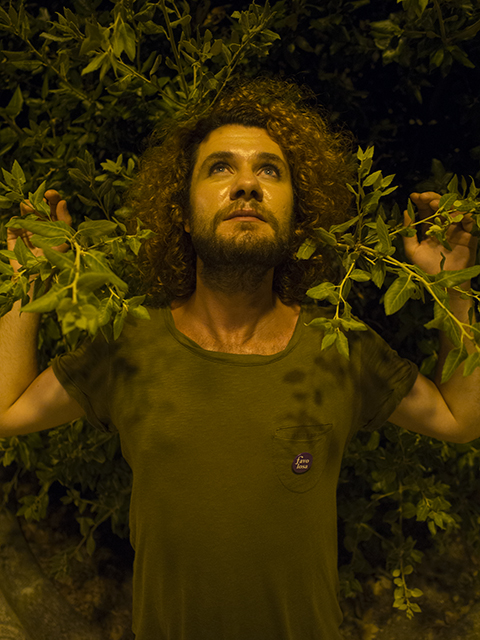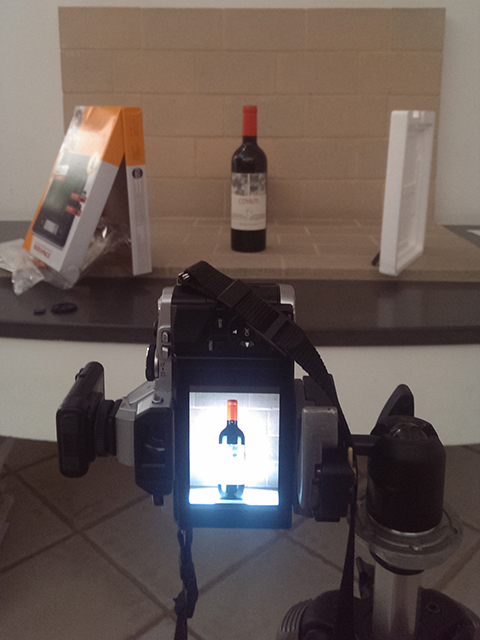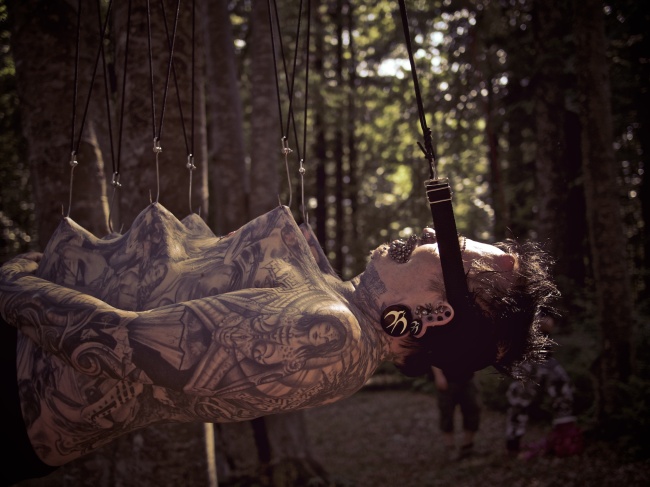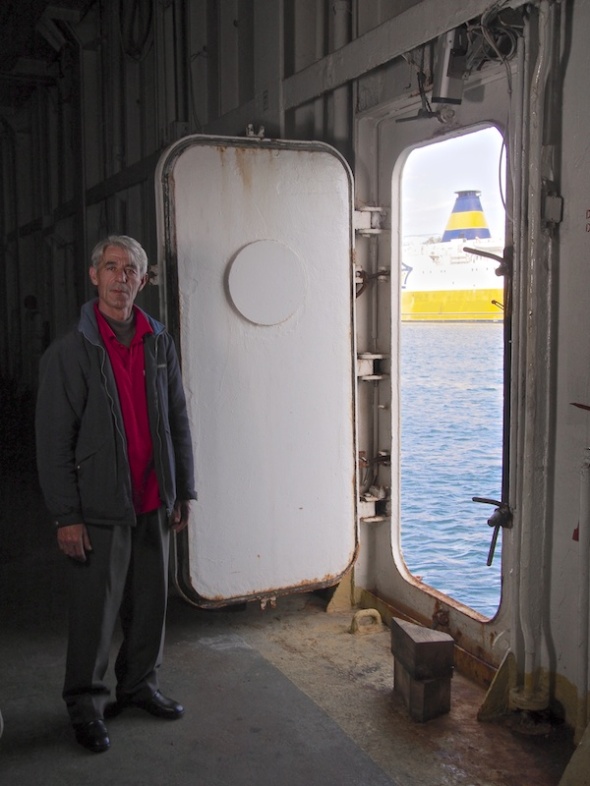The question I get asked the most is “How can you work with non professional equipment like MFT cameras?” The answer, of course, has nothing to do with the “professionality” of my equipment.
If you think about it, “professionality” is a word that implies the presence of a professional somewhere nearby. Equipment can be expensive, well built, even useful, but without the trained hand of a good professional, it really can’t achieve anything on its own. So, I’d say that a “professional” that can’t achieve anything on his own can’t really be defined “professional” at all.
Jokes aside, the point 99% of the photo amateur community is missing out is that really you can shoot great pictures with the simplest equipment ever. I’m gonna use two very straightforward examples to prove my point: a portrait and a still life pic, both shot during my vacation last August.
I shot the portrait during a cool night out with my girlfriend and Paolo, a childhood friend of hers that she didn’t meet in ages. After a couple hours chitchatting in front of a beer, I decided it was time to take pics. Of course I didn’t have all my lighting equipment with me, but I had my Olympus OM-D E-M5 and a whole city at my disposal. We walked a little through the streets until I found a conveniently placed street lamp on the side of a huge bush and I knew that was the right place to shoot. This was the result.
Of course, the light temperature was awful and of course a lot of things had to be smoothed a little in Photoshop, but that’s something you have to do even with your so called “professional” equipment, so I think we don’t need to take it into account. I suppose there are not many of you who would gladly say that this is a good pic and, worst of all, I think many of you would have erased this picture right away. Well, if I were to listen to the little photoamateur critic inside my head, the following morning I wouldn’t had the chance to postproduce this little gem.

I think I can be very proud of this portrait (and very grateful to my talented model), and all the equipment it took to shoot it was an “unprofessional” MFT camera. Of course, again, I can hear many of you saying that portrait photography doesn’t really need extremely high-end (or “professional”?) equipment to achieve great results, so I suppose I’ll resort to my second example shot.
This time I was playing videogames alone at home, a couple days after postproducing Paolo’s portrait. The night before I had an excellent dinner in Lecce, at a restaurant run by a friend with a huge passion for wines. He has a very interesting wine cellar (to say the least) and that night he gifted me a bottle of 2002 Coyam, a great biodynamic Chilean wine. Being a photographer way before being a man, my first urge the following morning was not to drink it, but to take pictures of the bottle.
Again, I didn’t have my studio lighting with me, so I thought that taking a good picture was out of question. Of course I was wrong. After a little search around the house, I came up with a kitchen scale, enveloped in a partially white cardboard box. Luckily enough, inside the box was a small polystyrene panel along with two batteries. After a little fight to keep the polystirene panel in place, won by employing the TV remote, I set everything up in order to make the light of a single Canon Speedlite 580 EX flash bounce on the cardboard box and the polystyrene panel and correctly light my beloved Coyam wine bottle. This is the (not so good) picture of the setup.
The flash was placed behind the bottle and fired through a (very cheap) wireless trigger I like a lot. (On a side note, the batteries of the trigger were completely exhausted, but the ones I found inside the scale came to my rescue!) To be honest, these days I’m very tempted by LED lights and I suppose I’ll be shifting towards that kind of lighting very soon, but for the moment I stick to this solution. It’s very simple, but judging from the resulting picture, I’d say it’s very effective too.
Surprisingly enough, there is very little Photoshop involved in this picture. For this reason I think this is the most effective example I can use to convince amateurs that all it takes to make great images is a little training, a lot of will to improve and some imagination. Of course, “professional” equipment is not something we should despise: there are extreme situations where your vanilla camera simply doesn’t work (think about horrible weather conditions or temperatures) or whole fields of photography in which the FPS value (or any other tech spec) becomes vital. In those situations you just can’t do without some expensive piece of equipment, but really those are very narrow paths that amateurs don’t even get to walk once in their life.
Truth is: the vast majority of the great pictures we see, love and often envy, comes from a professional brain, not a professional camera.




